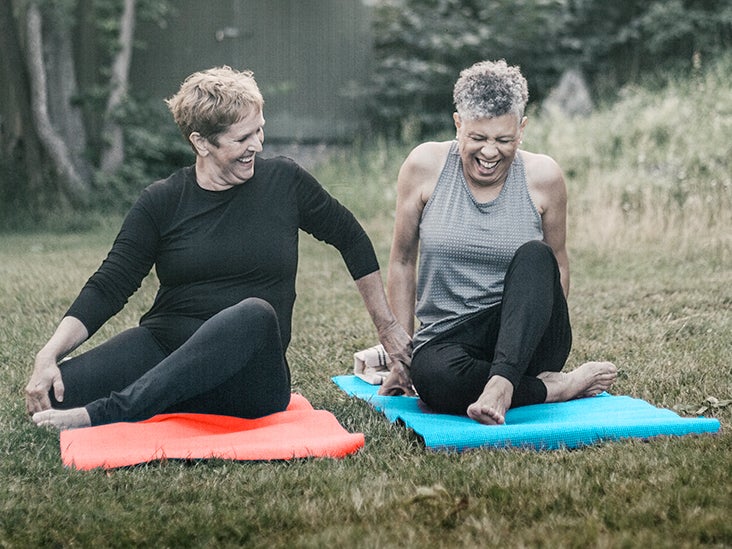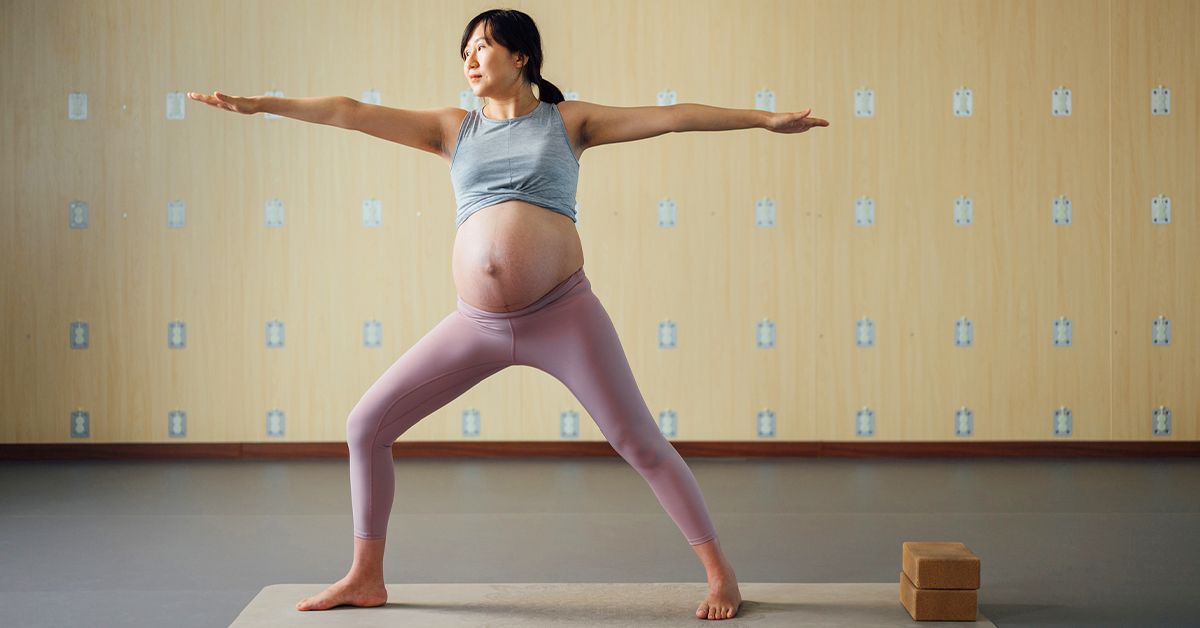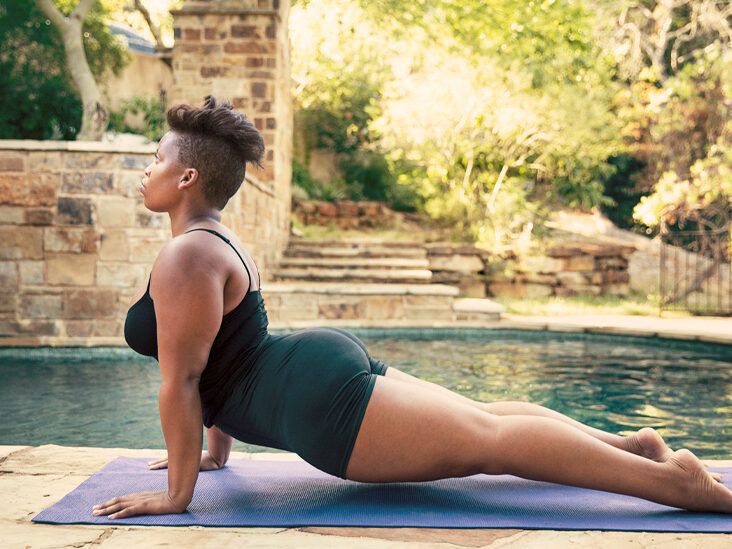
Chronic pain can be debilitating and challenging to manage, but incorporating yoga techniques into your routine can provide effective relief.
In this article, we will explore ten essential yoga techniques that have proven to be beneficial for chronic pain management.
From gentle yoga poses and breathing exercises to meditation and stress reduction, these techniques aim to promote mindfulness, self-care, and flexibility.
Join us as we embark on a journey towards freedom from chronic pain through the power of yoga.
Gentle Yoga Poses
The gentle yoga poses are an integral part of an effective chronic pain management routine. Incorporating gentle movement into a pain management regimen can provide numerous benefits. These poses focus on stretching and strengthening the body while promoting relaxation and reducing tension.
Gentle yoga movements allow individuals to work at their own pace, making it accessible for people of all fitness levels. By engaging in these poses, individuals can improve flexibility, increase blood flow, and promote healing in the affected areas.
The slow and deliberate nature of gentle yoga poses also helps to calm the mind and reduce stress, which is often associated with chronic pain. This holistic approach to pain management empowers individuals to take control of their health and well-being, providing them with the freedom to live a fulfilling life despite their pain.

Breathing Exercises
Utilizing controlled breathing techniques is crucial for achieving optimal results in chronic pain management through yoga. When it comes to breathing exercises, incorporating mindfulness techniques can greatly enhance the benefits.
Here are four key reasons why breathing techniques are essential for effective chronic pain management:
- Deep breathing promotes relaxation: By taking slow, deep breaths, you activate the body's relaxation response, reducing muscle tension and creating a sense of calm.
- Increased oxygen flow: Deep breathing increases oxygen intake, improving circulation and providing nourishment to the body's tissues, which can help alleviate pain.
- Mind-body connection: Focusing on the breath allows you to cultivate awareness and develop a stronger connection between your mind and body, enabling you to better manage pain.
- Stress reduction: Breathing exercises help reduce stress levels, as they activate the parasympathetic nervous system, responsible for the body's rest and relaxation response.
Incorporating these breathing techniques into your yoga practice can empower you to take control of your chronic pain management journey, promoting freedom and well-being.
Meditation
Meditation is a powerful tool for managing chronic pain, offering a range of benefits that promote overall well-being.
Practicing mindfulness can help individuals become more aware of their pain and develop a sense of acceptance, reducing the emotional distress that often accompanies chronic pain.
Additionally, meditation techniques like deep relaxation can help calm the mind and body, facilitating the release of tension and promoting a greater sense of peace and tranquility.
Benefits of Mindfulness
One effective technique for chronic pain management is incorporating the practice of mindfulness, which involves focusing on the present moment and cultivating a non-judgmental awareness of one's thoughts and sensations. Mindfulness has been shown to have numerous benefits for individuals suffering from chronic pain.

Here are four key benefits of incorporating mindfulness into your daily life:
- Pain reduction: Mindfulness can help individuals become less reactive to pain and develop a greater sense of control over their pain experience.
- Improved emotional well-being: Mindfulness can reduce stress, anxiety, and depression commonly associated with chronic pain.
- Enhanced self-awareness: By cultivating mindfulness, individuals can become more attuned to their bodies and better able to identify triggers and patterns related to their pain.
- Increased resilience: Mindfulness can help individuals develop a greater capacity to cope with pain and navigate the challenges of living with chronic pain.
Incorporating mindfulness into your daily life can provide a powerful tool for managing chronic pain and promoting overall well-being.
Techniques for Deep Relaxation
To promote deep relaxation for effective chronic pain management, incorporating a technique that fosters a state of calm and tranquility is essential. Meditation, a powerful practice in yoga, provides a pathway to attain this desired state. By engaging in deep relaxation techniques, individuals can effectively manage chronic pain and find relief from their symptoms.
Deep relaxation techniques, such as guided imagery and progressive muscle relaxation, can help reduce stress and tension in the body. These practices involve consciously relaxing each muscle group, allowing the body to release built-up tension and promoting a sense of calm. By focusing on the breath and letting go of physical and mental tension, individuals can experience a profound sense of relaxation and peace.
Incorporating meditation into your daily routine can have numerous benefits for managing chronic pain. Regular practice can improve sleep quality, reduce anxiety and depression, and enhance overall well-being. By cultivating a state of deep relaxation through meditation, individuals can potentially decrease the intensity and frequency of pain episodes and improve their quality of life.
Stress Reduction
When it comes to managing chronic pain, stress reduction plays a crucial role in promoting overall well-being.
Two essential yoga techniques that can help in this regard are breathing for relaxation and mindfulness for stress relief.

Breathing for Relaxation
How can breathing techniques in yoga be utilized to promote relaxation and reduce stress in individuals managing chronic pain?
Breathing techniques are an essential component of yoga practice that can help individuals managing chronic pain find relief and relaxation. By focusing on the breath, individuals can tap into their body's natural relaxation response, reducing stress and promoting a sense of calm.
Here are four breathing techniques that can be incorporated into a yoga practice to enhance relaxation:
- Deep belly breathing: Inhale deeply through the nose, allowing the breath to fill the belly. Exhale slowly through the mouth, releasing tension and stress.
- Alternate nostril breathing: Close one nostril with the thumb and inhale deeply through the other nostril. Then, close the other nostril with the ring finger and exhale through the first nostril. Repeat on the other side.
- 4-7-8 breathing: Inhale deeply through the nose for a count of 4, hold the breath for a count of 7, and exhale slowly through the mouth for a count of 8. This technique promotes relaxation and calms the nervous system.
- Lion's breath: Inhale deeply through the nose, then open your mouth wide and stick out your tongue. Exhale forcefully, making a 'ha' sound. This technique helps release tension in the face and throat.
Mindfulness for Stress Relief
Mindfulness meditation is frequently employed as a powerful technique for reducing stress and promoting stress relief in individuals managing chronic pain.
Mindfulness techniques involve focusing one's attention on the present moment, without judgment or attachment to thoughts or emotions. This practice helps individuals cultivate a sense of awareness, allowing them to observe their pain without getting caught up in negative thoughts and emotions that can exacerbate stress levels.
Mindfulness
Practicing mindfulness regularly can significantly enhance the effectiveness of yoga techniques for chronic pain management. Mindfulness is the practice of being fully present and aware of our thoughts, feelings, and sensations in the present moment. By incorporating mindfulness into our daily lives and yoga practice, we can cultivate a greater sense of peace and well-being, which can help alleviate chronic pain.
Here are four ways to incorporate mindfulness into your yoga practice for effective chronic pain management:

- Start with breath awareness: Begin your yoga practice by focusing on your breath. Pay attention to the sensations of inhaling and exhaling, allowing yourself to fully experience each breath.
- Body scan meditation: During your yoga practice, take a few moments to scan your body from head to toe, noticing any areas of tension or discomfort. By bringing awareness to these areas, you can release tension and invite relaxation.
- Mindful movement: Practice yoga poses with mindfulness by paying close attention to the sensations in your body as you move. Focus on the alignment of your body and the gentle stretch or release of tension in each pose.
- Cultivate gratitude: Take a moment at the end of your yoga practice to express gratitude for your body and its ability to move and heal. By cultivating gratitude, you can shift your focus away from pain and towards appreciation for the present moment.
Incorporating mindfulness into your daily life and yoga practice can be a powerful tool for managing chronic pain. By practicing mindfulness regularly, you can develop greater self-awareness, reduce stress, and enhance the effectiveness of your yoga techniques for chronic pain management.
Adaptability
One key aspect of effectively managing chronic pain through yoga techniques is the ability to adapt to individual needs and limitations. Each person's experience of chronic pain is unique, and what works for one may not work for another. Therefore, it is crucial for yoga instructors and practitioners to understand the importance of adaptability in their approach.
Adaptability in yoga for chronic pain management involves modifying poses and sequences to accommodate physical limitations and pain levels. This may include using props, such as blocks or straps, to provide support and stability during practice. It also entails adjusting the intensity, duration, and frequency of yoga sessions to ensure that pacing is appropriate for each individual.
By embracing adaptability, individuals with chronic pain can engage in a yoga practice that is tailored to their specific needs. This allows for a more personalized and empowering experience, promoting freedom and autonomy in managing their pain.
Ultimately, adaptability in yoga techniques plays a vital role in optimizing the benefits and effectiveness of chronic pain management through yoga.
Pacing
Pacing is an important aspect of managing chronic pain effectively. It involves measuring activity levels, finding the optimal balance between rest and activity, and adjusting intensity as needed.
Measuring Activity Levels
To effectively manage chronic pain, it is essential to accurately measure and monitor activity levels. Measuring progress and tracking improvements can provide valuable insights into pain management strategies and help individuals make informed decisions about their daily activities.

Here are four key reasons why measuring activity levels is crucial for effective chronic pain management:
- Awareness: Measuring activity levels allows individuals to gain a better understanding of how their pain levels fluctuate throughout the day, enabling them to identify patterns and triggers.
- Goal Setting: By tracking improvements, individuals can set realistic goals for gradually increasing their activity levels, helping them regain strength and flexibility without exacerbating their pain.
- Pacing: Measuring activity levels helps individuals establish a baseline and pace themselves accordingly, preventing overexertion and reducing the risk of pain flare-ups.
- Motivation: Seeing progress over time can be highly motivating, providing individuals with a sense of accomplishment and encouraging them to continue their pain management journey.
Finding Optimal Balance
Finding an optimal balance between activity and rest is crucial for effectively managing chronic pain. When it comes to chronic pain, it is important to strike a balance between staying active and allowing yourself enough rest to recover. Pushing yourself too hard can exacerbate your pain, while being too sedentary can lead to stiffness and decreased mobility. The key is to listen to your body and find the right balance that works for you.
In terms of activity, it is important to engage in gentle exercises that promote flexibility, strength, and relaxation. Yoga, in particular, can be highly beneficial for chronic pain management as it incorporates gentle movements, deep breathing, and mindfulness. By practicing yoga regularly, you can improve your overall physical and mental well-being, reduce pain and inflammation, and enhance your body's natural healing abilities.
Rest and relaxation are equally important in finding optimal balance. Making time for restorative activities such as meditation, deep breathing exercises, and gentle stretching can help to relax the body and calm the mind. It is also important to prioritize quality sleep, as inadequate sleep can worsen pain perception.
Finding the optimal balance between activity and rest is a personal journey that may require trial and error. It is important to be patient with yourself and make adjustments as needed. Remember that effective pain management involves finding a balance that allows you to live a fulfilling life while managing your pain.
Adjusting Intensity as Needed
It is important to regularly assess and modify the intensity of your yoga practice based on your individual needs and capabilities. This adaptability is crucial for effective chronic pain management. By pacing yourself and adjusting the intensity as needed, you can ensure that you are getting the most out of your yoga practice while also preventing any further pain or discomfort.
Here are four key considerations to keep in mind when adjusting the intensity of your yoga practice:

- Listen to your body: Pay attention to any signals of discomfort or pain during your practice. This will help you determine when to increase or decrease the intensity.
- Modify poses: If a pose is too challenging or causes pain, don't hesitate to modify it. Use props or variations to make the pose more accessible and comfortable.
- Take breaks: Give yourself permission to take breaks whenever you need them. Resting and regaining your energy can prevent overexertion and potential injury.
- Gradual progression: Instead of pushing yourself too hard, aim for gradual progression. Slowly increase the intensity over time to build strength and flexibility without causing strain.
Self-care
The practice of self-care is an integral aspect of effective chronic pain management. It is crucial for individuals experiencing chronic pain to prioritize their own well-being and make time for self-care activities.
Self-care encompasses a range of practices that can help provide relief from chronic pain and improve overall quality of life. Engaging in relaxation techniques such as deep breathing exercises, meditation, and mindfulness can help reduce stress levels and promote a sense of calm.
Additionally, practicing gentle yoga poses and stretches tailored to individual needs can help alleviate muscle tension and improve flexibility. Taking breaks, getting enough sleep, and maintaining a healthy diet are also important elements of self-care that can support chronic pain relief.
Comfort
Engaging in activities that promote comfort is essential for effective chronic pain management. When dealing with chronic pain, finding comfort can be a challenge, but it is not impossible. Here are four techniques to help you find comfort and manage discomfort:
- Gentle movement: Engage in low-impact activities like yoga or tai chi to promote flexibility and relieve tension in the body.
- Mindfulness meditation: Practice being fully present in the moment, acknowledging your pain without judgment. This can help reduce anxiety and improve overall well-being.
- Heat therapy: Apply a heating pad or take a warm bath to relax muscles and ease pain.
- Supportive pillows and cushions: Use pillows and cushions to provide extra support and alleviate pressure points while sitting or lying down.
Yoga Techniques for Flexibility
To enhance flexibility and alleviate chronic pain, incorporating specific yoga techniques is crucial.
Yoga is not just about stretching; it is a holistic practice that can help improve strength, balance, and flexibility. By incorporating yoga techniques for strength, such as holding poses like Warrior II or Chair pose, you can build muscular endurance and stability. These poses challenge your muscles and help to strengthen them over time.
Additionally, yoga techniques for balance, like Tree pose or Eagle pose, can improve your overall balance and stability. These poses require focus and concentration, which can help to improve your body's ability to maintain balance.

Frequently Asked Questions
How Long Does It Take to See Results From Practicing Gentle Yoga Poses for Chronic Pain Management?
The duration to see results from practicing gentle yoga poses for chronic pain management varies among individuals. While breathing exercises alone may provide some relief, combining them with other techniques such as yoga can enhance their effectiveness.
Can Breathing Exercises Alone Alleviate Chronic Pain, or Should They Be Combined With Other Techniques?
Breathing exercises alone may provide some relief for chronic pain, but they are most effective when combined with other techniques. Incorporating additional yoga techniques, such as gentle poses and mindfulness practices, can enhance the overall management of chronic pain.
Is Meditation an Effective Technique for Managing Chronic Pain in the Long Term?
Meditation has been shown to be an effective technique for managing chronic pain in the long term. It offers numerous benefits such as improved pain tolerance, reduced stress, and increased overall well-being. Various meditation techniques can be employed to achieve these results.
How Can Stress Reduction Techniques Help in Managing Chronic Pain?
Stress reduction techniques can be effective in managing chronic pain by promoting relaxation and reducing muscle tension. These techniques, which include mindfulness meditation and deep breathing exercises, help to enhance the mind-body connection and improve overall well-being.
What Are Some Practical Tips for Incorporating Mindfulness Into Daily Life to Effectively Manage Chronic Pain?
Mindful awareness and gratitude practice are practical tips for effectively managing chronic pain. Incorporating mindfulness into daily life can help increase self-awareness and reduce stress, while gratitude practice promotes a positive mindset and appreciation for the present moment.
 Business & FinanceHealth & MedicineTechnologyLifestyle & CultureScience & EnvironmentWorld NewsPrivacy PolicyTerms And Conditions
Business & FinanceHealth & MedicineTechnologyLifestyle & CultureScience & EnvironmentWorld NewsPrivacy PolicyTerms And Conditions
